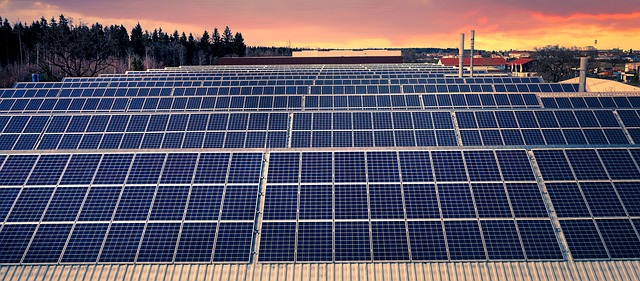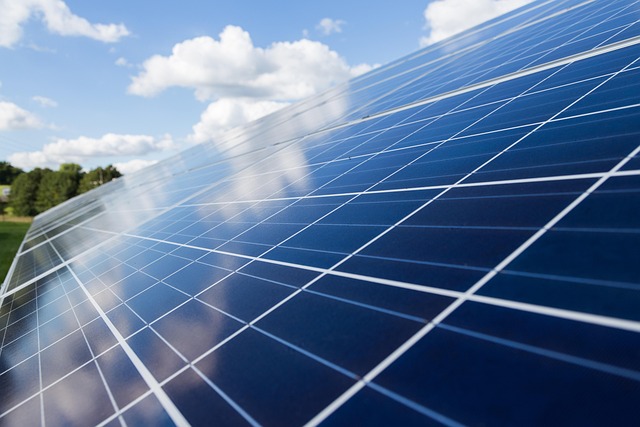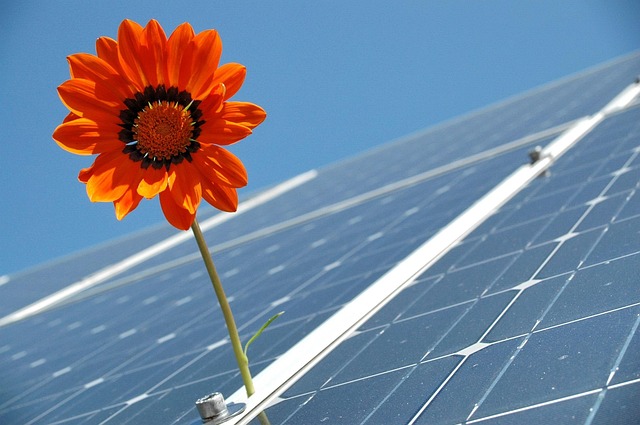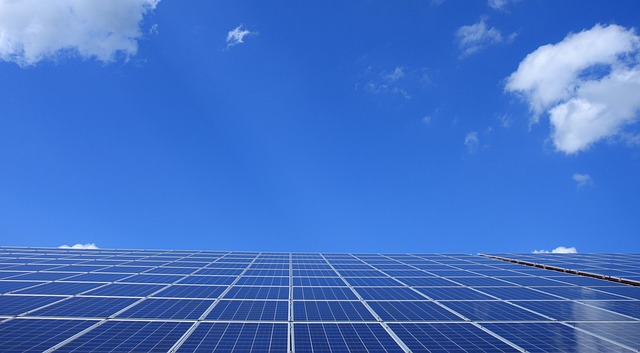Real estate owners can significantly reduce electricity costs by assessing energy usage through advanced metering and identifying inefficiencies. Upgrading to smart thermostats and lighting systems offers precise control and further savings. Exploring renewable energy options like solar and wind power provides long-term cost benefits, increased property value, and environmental sustainability, backed by global incentives.
In the competitive real estate market, reducing electricity expenses is not just an eco-friendly choice but a strategic move for long-term savings. This article guides property owners and managers through proven methods to lower energy costs. We explore strategies like assessing and optimizing energy usage in properties, installing smart thermostats and lighting systems, and leveraging renewable energy options. By implementing these measures, real estate professionals can enhance property values while minimizing utility bills.
Assess Energy Usage in Real Estate Properties

Assessing energy usage is a critical step for anyone looking to reduce electricity expenses in the long term, especially within real estate properties. It’s a process that involves detailed analysis and often requires professional help to accurately measure and understand power consumption patterns. Through advanced metering infrastructure or smart meters, property owners can gain access to granular data on energy use, enabling them to identify areas of high consumption and potential inefficiencies.
In the context of real estate, this assessment should encompass all aspects of a building’s operations, from heating and cooling systems to lighting and appliances. By understanding which systems contribute most to energy costs, property managers can make informed decisions about upgrades or retrofits that will yield significant savings over time. This proactive approach not only reduces utility expenses but also enhances the environmental sustainability of real estate assets.
Implement Smart Thermostats and Lighting Systems

Implementing smart thermostats and lighting systems is a strategic move for any real estate investor or homeowner aiming to reduce electricity expenses in the long term. These innovative technologies offer precise temperature control, allowing for significant energy savings by automatically adjusting settings based on occupancy and time of day. Smart thermostats learn your preferences and can even adapt to your schedule, ensuring optimal comfort while minimizing energy usage.
Moreover, smart lighting systems transform how you utilize light, offering both energy efficiency and enhanced control. These systems enable individual control over lights in different rooms, eliminating energy wastage from unused areas. Through mobile apps, you can remotely turn lights on or off, adjust brightness, and set schedules, further reducing electricity costs.
Explore Renewable Energy Options for Long-Term Savings

Exploring renewable energy options can significantly contribute to long-term electricity cost savings, especially in the context of real estate. Property owners and investors have a growing opportunity to leverage technologies like solar panels, wind turbines, or even small-scale hydropower systems to generate clean energy on-site. These choices not only reduce utility bills but also enhance the environmental sustainability of properties, making them more attractive for tenants and buyers who prioritize eco-friendly living.
In the real estate market, incorporating renewable energy features can increase a property’s value and long-term profitability. As governments worldwide implement incentives and subsidies to promote clean energy adoption, investing in these options becomes increasingly financially viable. By embracing renewable energy, real estate professionals can stay ahead of trends, appeal to environmentally conscious consumers, and ensure stable, reduced electricity expenses over time.






